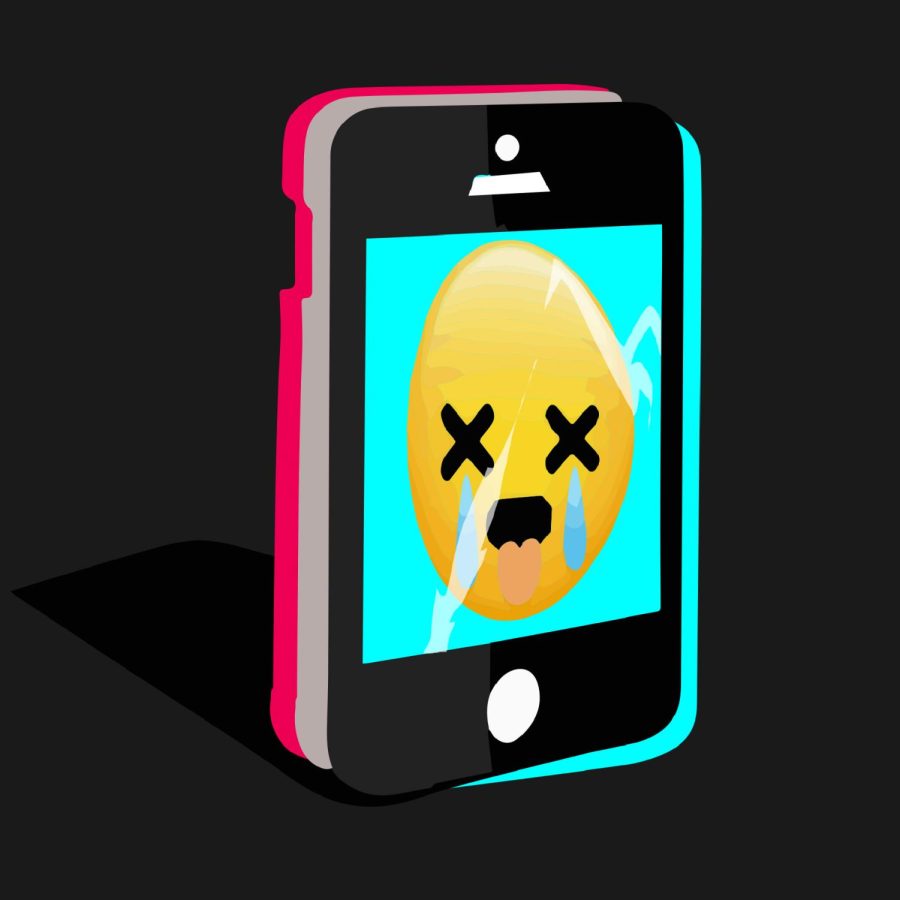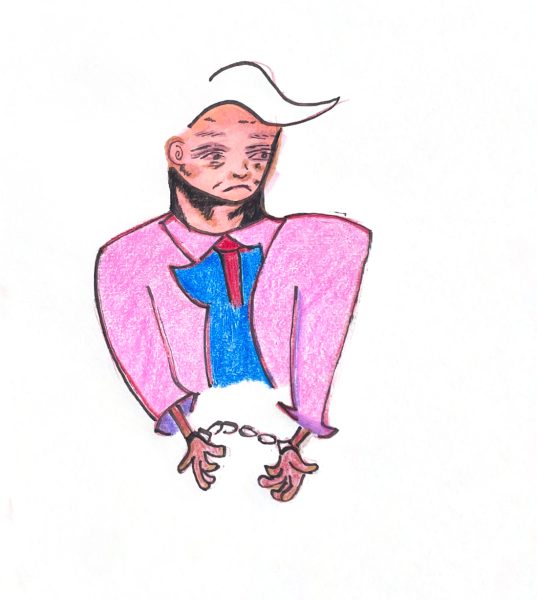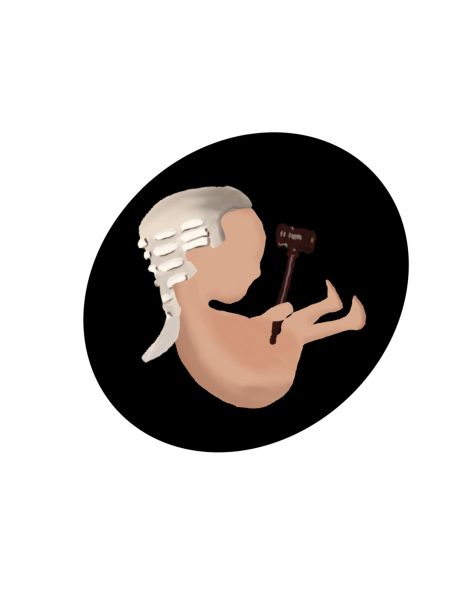Risking our lives should not be trendy
November 15, 2022
The Kia Challenge is the latest in a long string of TikTok trends. It is hard to miss trends — one person will do something that gains attention, and others follow, hoping to garner the same attention regardless of the consequences. It is an unfortunate side effect of the prevalence of social media. Bandwagons are easy to build and easier to join. Most trends are harmless — a sound or a dance will gain popularity, and hundreds or thousands of users will mimic them in their own style. But sometimes trends can be dangerous.
This is the case with the Kia Challenge, which resulted in the deaths of four teenagers from Buffalo, New York. This trend began with a video that showed users how to steal Kia cars with little effort and few tools. Most who see videos like this dismiss them or use them to research the faults in their own vehicles, but some take this information as permission — or even an invitation — to put it to the test for the sake of internet fame. A group of teenagers who accepted this “invitation” — Marcus Webster, Swazine Swindle, Kevin Paune and Ahjanae Harper — broke into a Kia car, took it onto the highway and crashed while speeding in the stolen vehicle.
The driver and a fifth passenger, whose identities have been protected, survived and learned one of the hardest lessons possible; however, this is not a lesson taken into account by those still deciding to partake in internet trends like these. Young people, especially teenagers, do not yet have a fully developed sense of caution. It is easy to dismiss others’ suffering; after all, what are the chances the same thing would happen to them? Low enough, they assume, to make fifteen minutes of fame worth risking their lives. These assumptions contribute to the injury and deaths, not just of teens on TikTok, but of anyone who partakes in these sorts of crimes for entertainment, whether it be theirs or the audience they garner online.
Another contributing factor is the algorithms TikTok uses. A video that gains a lot of attention will be shown to more and more users, which allows trends to be born. As stated before, this is harmless most of the time. But when a trend encourages crime or bodily harm, the rapid spread of the challenge becomes a problem.
While the teams responsible for content checking in any social media company will inevitably crack down on posts that can harm innocent people, these posts will often reach millions of users before they are taken down. It is not the long-term survival of the challenge that causes the real damage. A person only needs to get an idea once before they decide to follow through. Every view is another potential victim, and attempting to ban a trend will not undo the many views it received before it was deleted.
There is no easy way to police these videos. The only faultless method would be to review every single video that is uploaded before allowing it to go out, and this is not possible with the sheer number of posts being made every day. A better way would be for those in charge to pay more attention to videos that get rapidly popular.
The media, especially news sites and commentary channels, tend to report on dangerous topics long before the platforms on which they were born decide to do anything about it. It can take days or weeks for social media sites like TikTok and Instagram to identify a problem and fix it, while individual users notice those problems the day they are posted and report them to those with the authority to do something about it.
The issue lies in the speed and severity with which those authorities react. It is not fast enough. It is not enough in general. Teens make bad decisions without fully understanding the consequences of their actions — that is a part of growing up. It is the job of those who run public forums to keep them safe. Trends like these are dangerous, and it is the responsibility of the adult world to make sure they are taken care of before they can lead to tragedies like the deaths of four teens participating in a TikTok challenge.












